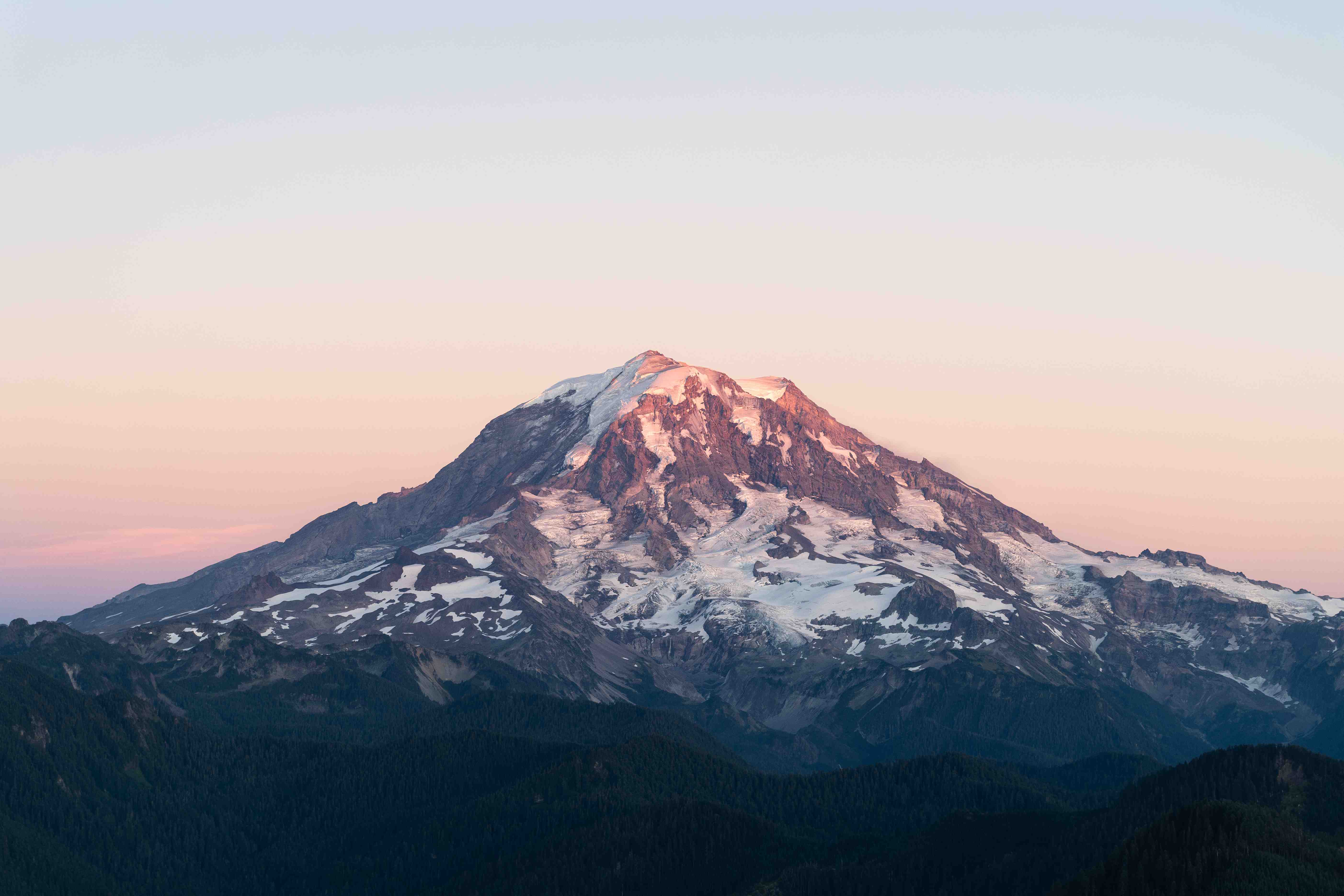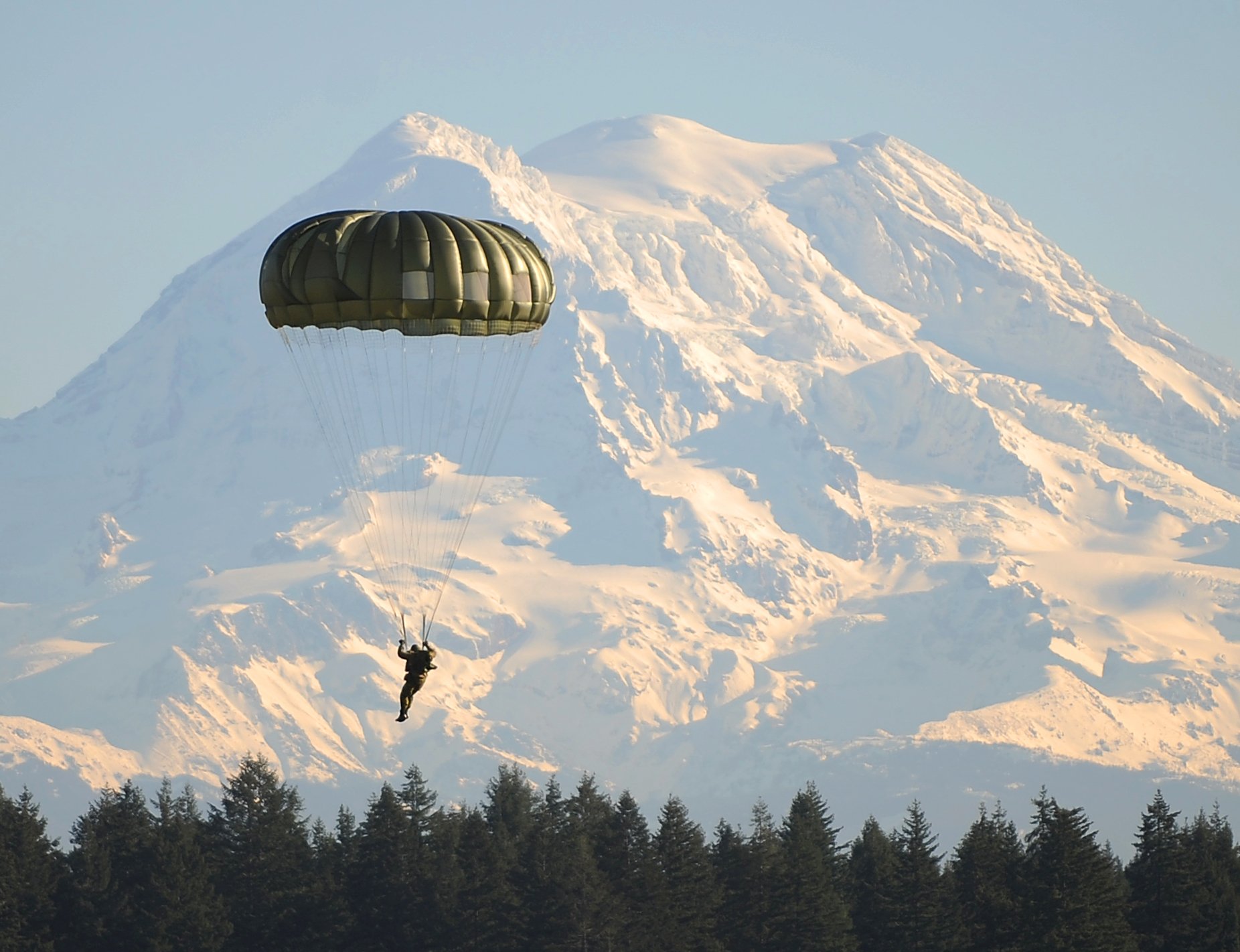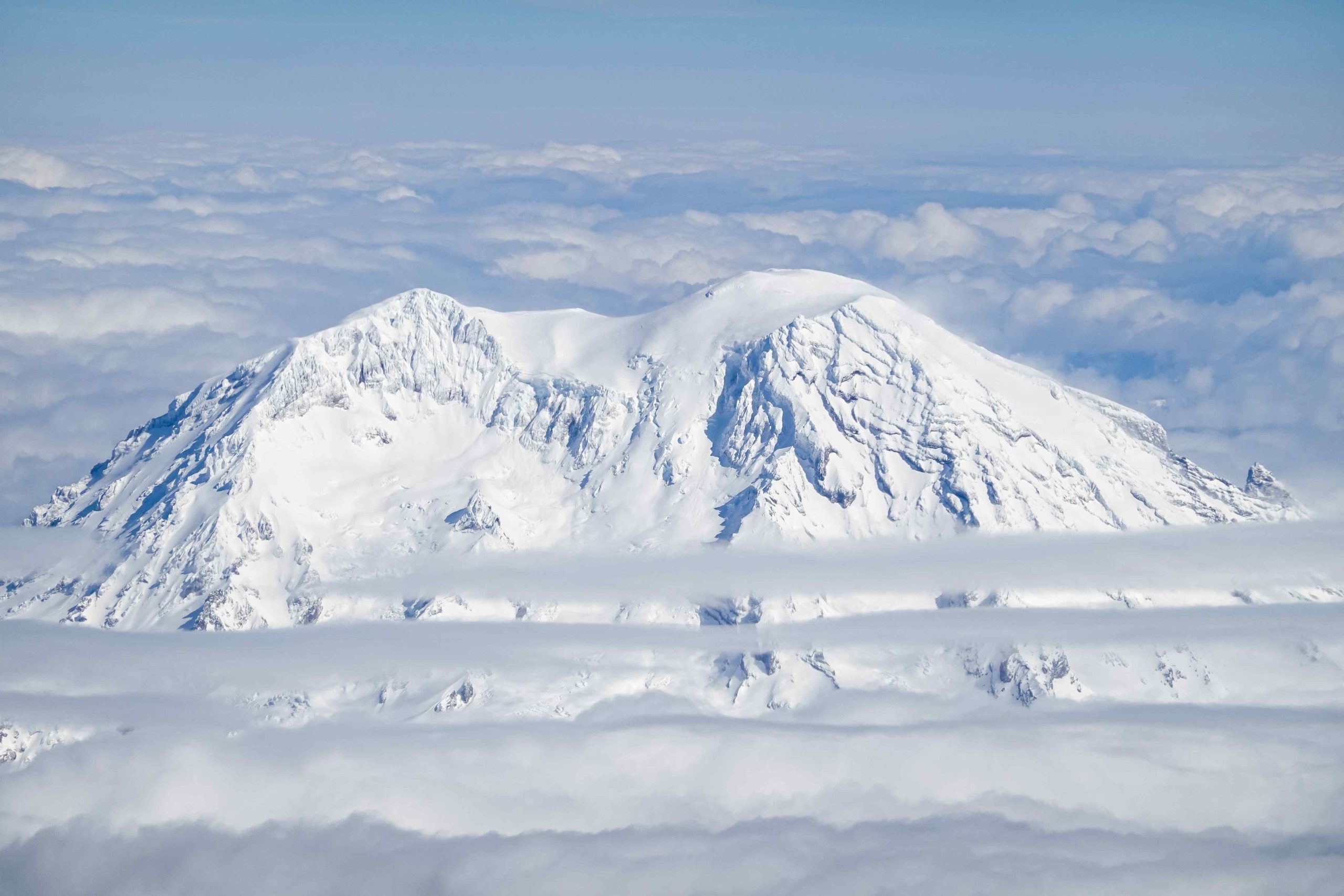Mount Rainier, an iconic stratovolcano in Washington State, has a complex eruptive history spanning thousands of years. While currently dormant, the potential for a future eruption, or ‘blow up,’ remains a subject of scientific study and public concern. This article explores the geological history, current activity, and potential impacts of a Mount Rainier eruption, providing crucial information for understanding this natural wonder and the risks it poses.
What Is the Geological History of Mount Rainier?

Mount Rainier’s volcanic history is marked by numerous eruptions and periods of activity:
- Major Eruptions in Recent History:
- Last major eruption: 500-600 years ago
-
Significant eruption ~1,000 years ago: Produced a large lahar reaching Puget Sound
-
Earlier Eruptions:
- 5,800-6,000 years ago: Two notable eruptions spread pumice eastward
-
~5,000 years ago: Osceola Mudflow reduced volcano height from 16,000 to 14,100 feet
-
Holocene Activity:
- Up to 11 tephra layers identified in the past 10,000 years
How Active Is Mount Rainier Currently?

While Mount Rainier is not currently erupting, it shows signs of ongoing activity:
- Regular seismic activity
- Monthly earthquakes near the summit (up to 5)
- Shallow earthquake swarms occurring every few years
Recent swarm events:
– 2002
– 2004
– 2007
– 2009
– 2011
– 2021 (including a magnitude 3.2 earthquake)
What Monitoring Systems Are in Place?
Mount Rainier is under constant surveillance:
- Pacific Northwest Seismic Network
- United States Geological Survey
Monitoring equipment includes:
– Seismometers
– Gas monitoring stations
– Ground deformation sensors
These systems track changes in the mountain’s behavior to detect potential signs of increased activity.
What Are the Potential Hazards of a Mount Rainier Eruption?
A future eruption of Mount Rainier could pose several hazards:
- Lahars (volcanic mudflows)
- Ash fall
- Pyroclastic flows
| Hazard | Potential Impact Area |
|---|---|
| Lahars | Nearby valleys and lowlands |
| Ash fall | Widespread, potentially from Vancouver to San Francisco |
| Pyroclastic flows | Immediate vicinity of the volcano |
How Would a Mount Rainier Blow Up Affect Nearby Communities?
The impact of a Mount Rainier eruption on nearby communities could be significant:
- Risk Levels: High for immediate vicinity, moderate to low for wider region
- Affected Areas: From Vancouver, British Columbia to San Francisco, California
- Primary Concerns:
- Lahars in river valleys
- Ash fall disrupting infrastructure and air travel
- Potential evacuation of nearby populations
What Emergency Response Plans Are in Place?
To mitigate the risks associated with a potential Mount Rainier eruption, several measures are in place:
- Volcano hazard assessment
- Warning systems
- Emergency evacuation routes
- Public education programs
These plans are regularly updated to ensure maximum effectiveness in protecting lives and property.
What Environmental Impact Would a Major Eruption Have?
A significant eruption of Mount Rainier could have far-reaching environmental consequences:
- Immediate Effects:
- Massive ash fall
- Lahars altering river systems
-
Pyroclastic flows destroying forests
-
Long-term Impacts:
- Altered landscapes
- Disrupted ecosystems
- Changes in local climate patterns
Historical events like the Osceola Mudflow demonstrate the potential for widespread environmental disruption.
How Would Infrastructure Be Affected by an Eruption?
The impact on infrastructure could be extensive:
- Roads and bridges damaged or destroyed by lahars
- Buildings collapsed under ash weight
- Air travel disrupted across the Pacific Northwest
- Power and communication systems compromised
What Are the Estimated Fallout Zones for Ash Distribution?
Ash distribution from a Mount Rainier eruption would depend on wind patterns, but could potentially affect:
- Immediate vicinity: Heavy ash fall
- Regional impact: Moderate to light ash fall from Vancouver to San Francisco
- Long-range effects: Possible minor ash fall across western North America
Conclusion
While the timing of a potential Mount Rainier ‘blow up’ remains unpredictable, understanding the volcano’s history, current activity, and potential impacts is crucial. Ongoing monitoring and preparedness efforts aim to mitigate risks and protect communities in the event of future volcanic activity.

